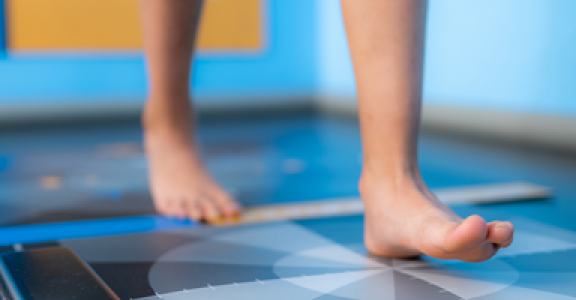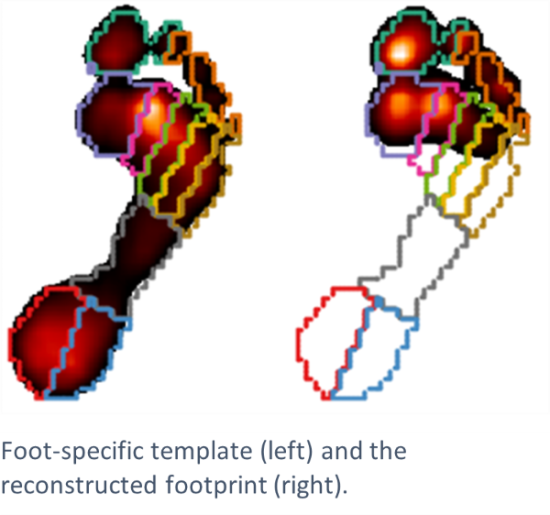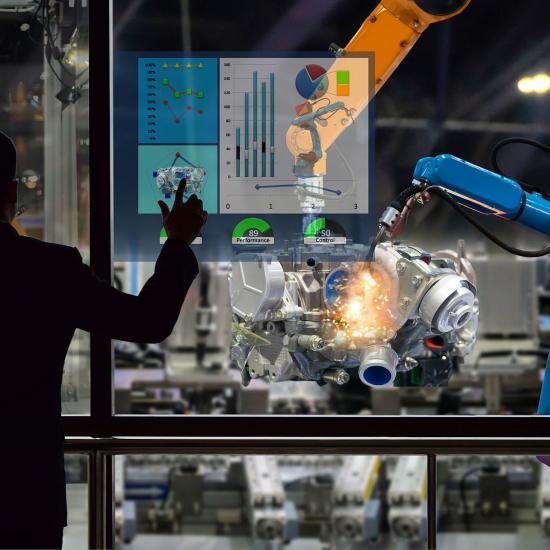Many healthcare professionals seek technological assistance to assess medical conditions in a more objective way and provide personal advice. Materialise delivers software and equipment to measure and perform gait analysis, but the wide variety and the inherent complexity of human motion make the full exploitation of the underlying data a challenge.
Healthcare professionals use Materialise hardware and software solutions to provide recommendations about medical aids and to assist in the monitoring of movement execution for patients recovering from an injury, for example. Part of the software automatically segments a footprint obtained from a pressure plate into anatomically-relevant regions. But when a person’s foot doesn’t land completely on the pressure plate, e.g., due to a forefoot running style, partial footprints may occur. This confuses the segmentation algorithm and leads to a questionable identification of anatomical regions.
AI and data-driven solution
The data-driven approach proposed by Sirris consists of the detection of the occurrence of a partial footprint and the subsequent reconstruction of the complete footprint.
Reconstruction is the most challenging part. In the proposed approach, each patient starts by performing a walking trial or balancing movement during which the foot shape of their full footprint is captured. The algorithm automatically identifies a foot-specific template of the patient, which is the footprint with the highest similarity to all other footprints.
Then, after a running trial with a detected partial footprint, the algorithm performs a series of image transformations on this partial footprint. For each transformation, it characterises how well the transformed partial footprint matches the foot-specific template of the patient and selects the transformation that resulted in the best match.
Finally, the anatomical segmentation of the template footprint is transformed according to the selected transformation and mapped onto the partial footprint. In this way, healthcare professionals receive a reconstructed footprint with the right anatomical regions. This makes it easier to give their patient relevant advice.






